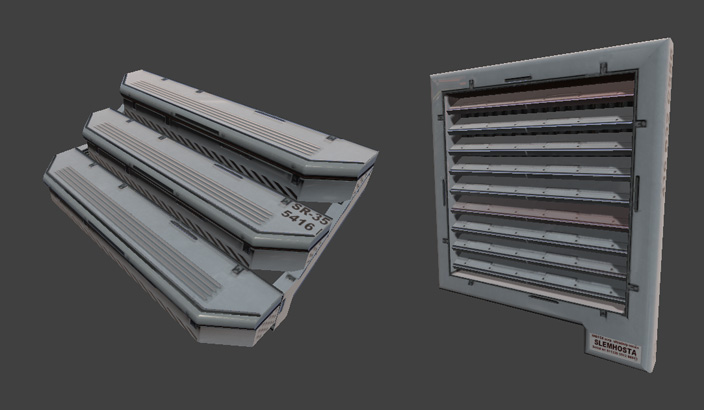


We’re talking about the nano-texture glass finish on the display, which was first introduced in Apple's Pro Display XDR monitor.

The only problem is that it’s an optional extra that costs an additional $500/£500/AU$750. However, there’s one aspect of the design that has changed, and it’s a big change at that. Apple’s competitors are starting to get pretty good at making stylish and modern all-in-one devices, and if the Cupertino company doesn’t change its iMac design soon, it could find itself being left behind. This means while the iMac 2020 is still undeniably a stylish looking device (this is an Apple product after all, and regardless of what you think of the company, you have to admit it knows how to make an attractive product), certain aspects of its design are starting to feel dated – especially the thick bezels around the sides of the screen. However, while we love what Apple has done with the insides of the iMac, things are a little more disappointing on the outside, as Apple has stuck with the same design as previous models – dating back to 2012. The GPU also gets an upgrade, with the AMD Radeon Pro 5000 graphics cards that come with the device offering a big step up from the Radeon Pro Vega 48 GPUs in the previous iMac, and Apple promises up to 55% faster graphics performance. It also handled any benchmark and task we threw at it with ease. During our time with it we found that the iMac 27-inch (2020) was fast to boot up, with macOS running fast and smooth. The leap here isn’t so large that it will make the 2019 model feel obsolete, but with the 10th generation processors (which can be configured up to 10 cores, which is a first for the standard iMac), and SSDs, this is a noticeably faster and more powerful device.


 0 kommentar(er)
0 kommentar(er)
